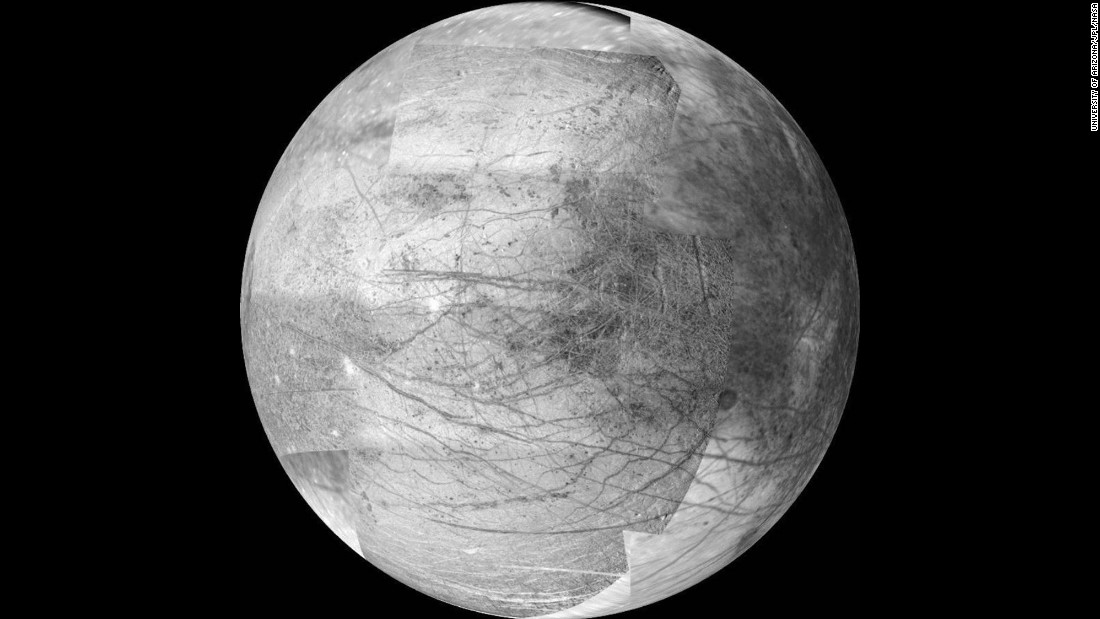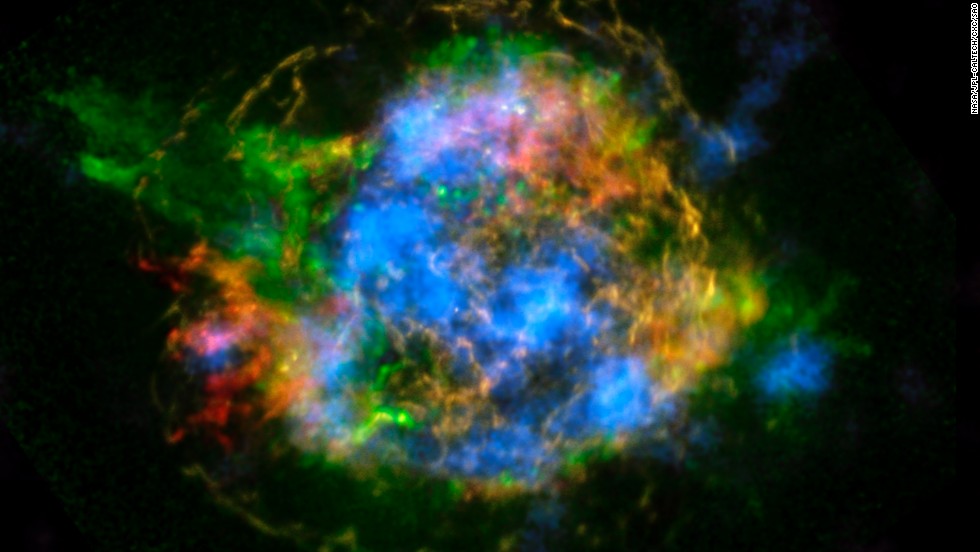Strict Standards: Only variables should be assigned by reference in /home/noahjames7/public_html/modules/mod_flexi_customcode/tmpl/default.php on line 24
Strict Standards: Non-static method modFlexiCustomCode::parsePHPviaFile() should not be called statically in /home/noahjames7/public_html/modules/mod_flexi_customcode/tmpl/default.php on line 54
Strict Standards: Only variables should be assigned by reference in /home/noahjames7/public_html/components/com_grid/GridBuilder.php on line 29
Wonders of the universe
An artist's impression of what a black hole might look like. In February, researchers in China said they had spotted a super-massive black hole 12 billion times the size of the sun.
Wonders of the universe
Are there are oceans on any of Jupiter's moons? The Juice probe shown in this artist's impression aims to find out. Picture courtesy of ESA/AOES
Wonders of the universe
Astronomers have discovered powerful auroras on a brown dwarf that is 20 light-years away. This is an artist's concept of the phenomenon.
Wonders of the universe
Venus, bottom, and Jupiter shine brightly above Matthews, North Carolina, on Monday, June 29. The apparent close encounter, called a conjunction, has been giving a dazzling display in the summer sky. Although the two planets appear to be close together, in reality they are millions of miles apart.
Wonders of the universe
Jupiter's icy moon Europa may be the best place in the solar system to look for extraterrestrial life, according to NASA. The moon is about the size of Earth's moon, and there is evidence it has an ocean beneath its frozen crust that may hold twice as much water as Earth. NASA's 2016 budget includes a request for $30 million to plan a mission to investigate Europa. The image above was taken by the Galileo spacecraft on November 25, 1999. It's a 12-frame mosaic and is considered the the best image yet of the side of Europa that faces Jupiter.
Wonders of the universe
This nebula, or cloud of gas and dust, is called RCW 34 or Gum 19. The brightest areas you can see are where the gas is being heated by young stars. Eventually the gas burst outward like champagne after a bottle is uncorked. Scientists call this champagne flow. This new image of the nebula was captured by the European Space Organization's Very Large Telescope in Chile. RCW 34 is in the constellation Vela in the southern sky. The name means "sails of a ship" in Latin.
Wonders of the universe
The Hubble Space Telescope captured images of Jupiter's three great moons -- Io, Callisto, and Europa -- passing by at once.
Wonders of the universe
Using powerful optics, astronomers have found a planet-like body, J1407b, with rings 200 times the size of Saturn's. This is an artist's depiction of the rings of planet J1407b, which are eclipsing a star.
Wonders of the universe
A patch of stars appears to be missing in this image from the La Silla Observatory in Chile. But the stars are actually still there behind a cloud of gas and dust called Lynds Dark Nebula 483. The cloud is about 700 light years from Earth in the constellation Serpens (The Serpent).
Wonders of the universe
This is the largest Hubble Space Telescope image ever assembled. It's a portion of the galaxy next door, Andromeda (M31).
Wonders of the universe
NASA has captured a stunning new image of the so-called "Pillars of Creation," one of the space agency's most iconic discoveries. The giant columns of cold gas, in a small region of the Eagle Nebula, were popularized by a similar image taken by the Hubble Space Telescope in 1995.
Wonders of the universe
Astronomers using the Hubble Space pieced together this picture that shows a small section of space in the southern-hemisphere constellation Fornax. Within this deep-space image are 10,000 galaxies, going back in time as far as a few hundred million years after the Big Bang.
Wonders of the universe
Planetary nebula Abell 33 appears ring-like in this image, taken using the European Southern Observatory's Very Large Telescope. The blue bubble was created when an aging star shed its outer layers and a star in the foreground happened to align with it to create a "diamond engagement ring" effect.
Wonders of the universe
NASA's NuSTAR telescope array generated the first map of radioactivity in the remnants of an exploding star, or supernova. Blue in this image of Cassiopeia A represents radioactive material.
Wonders of the universe
A supernova was spotted on January 21 in Messier 82, one of the nearest big galaxies. This wide view image was taken on January 22.
Wonders of the universe
The M82 supernova, seen here, has been designated SN2014J because it is the 10th supernova detected in 2014. At 11.4 million light years from Earth, it is the closest Type Ia supernova recorded since systematic studies with telescopes began in the 1930s.
Wonders of the universe
Hubble scientists say this is the best-ever view of the Tarantula Nebula, which is located in one of our closest galactic neighbors, the Large Magellanic Cloud.
Wonders of the universe
This Hubble image looks a floating marble or a maybe a giant, disembodied eye. But it's actually a nebula with a giant star at its center. Scientists think the star used to be 20 times more massive than our sun, but it's dying and is destined to go supernova.




































Strict Standards: Only variables should be assigned by reference in /home/noahjames7/public_html/modules/mod_flexi_customcode/tmpl/default.php on line 24
Strict Standards: Non-static method modFlexiCustomCode::parsePHPviaFile() should not be called statically in /home/noahjames7/public_html/modules/mod_flexi_customcode/tmpl/default.php on line 54
Find out more by searching for it!
